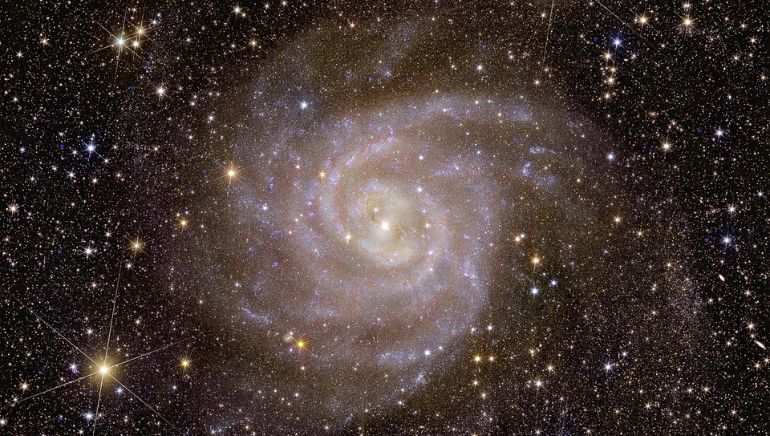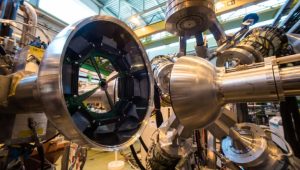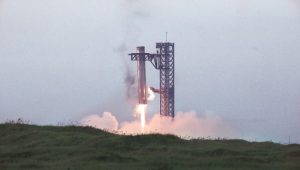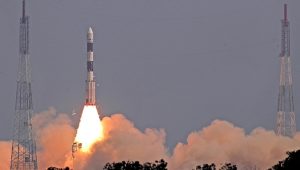The first full-colour science images from the European Space Agency’s Euclid space telescope have presented crystal-clear views of hundreds of thousands of galaxies, star clusters and other astonishing cosmic objects.
There are more than 100,000 galaxies in the telescope’s first snapshot of the Perseus cluster, including extremely faint ones that were never seen before.
The images are just a snapshot of what researchers expect the space telescope to provide over its planned six-year primary mission.
Launched in July, Euclid is stationed 1.5 million kilometers from Earth. It has a state-of-the-art 600-megapixel visible-light camera and a wide-field near-infrared spectrometer and photometer. Its first images – with extraordinary sharpness and breadth – focus on what is visible: spiral galaxies, elliptical swirls of stars and dandelion-puff-like clusters of stars pulled together by gravity.
The European Space Agency project is designed to study the universe’s large-scale structure to help solve the mysteries of dark matter and dark energy.
Dark matter is a substance that is all but invisible, save for its gravitational pull, while dark energy is a mysterious force that powers the accelerating expansion of the universe. Both subtly influence the shapes and arrangements of galaxies and galaxy clusters, which together form filaments, sheets and voids in a vast cosmic web.















